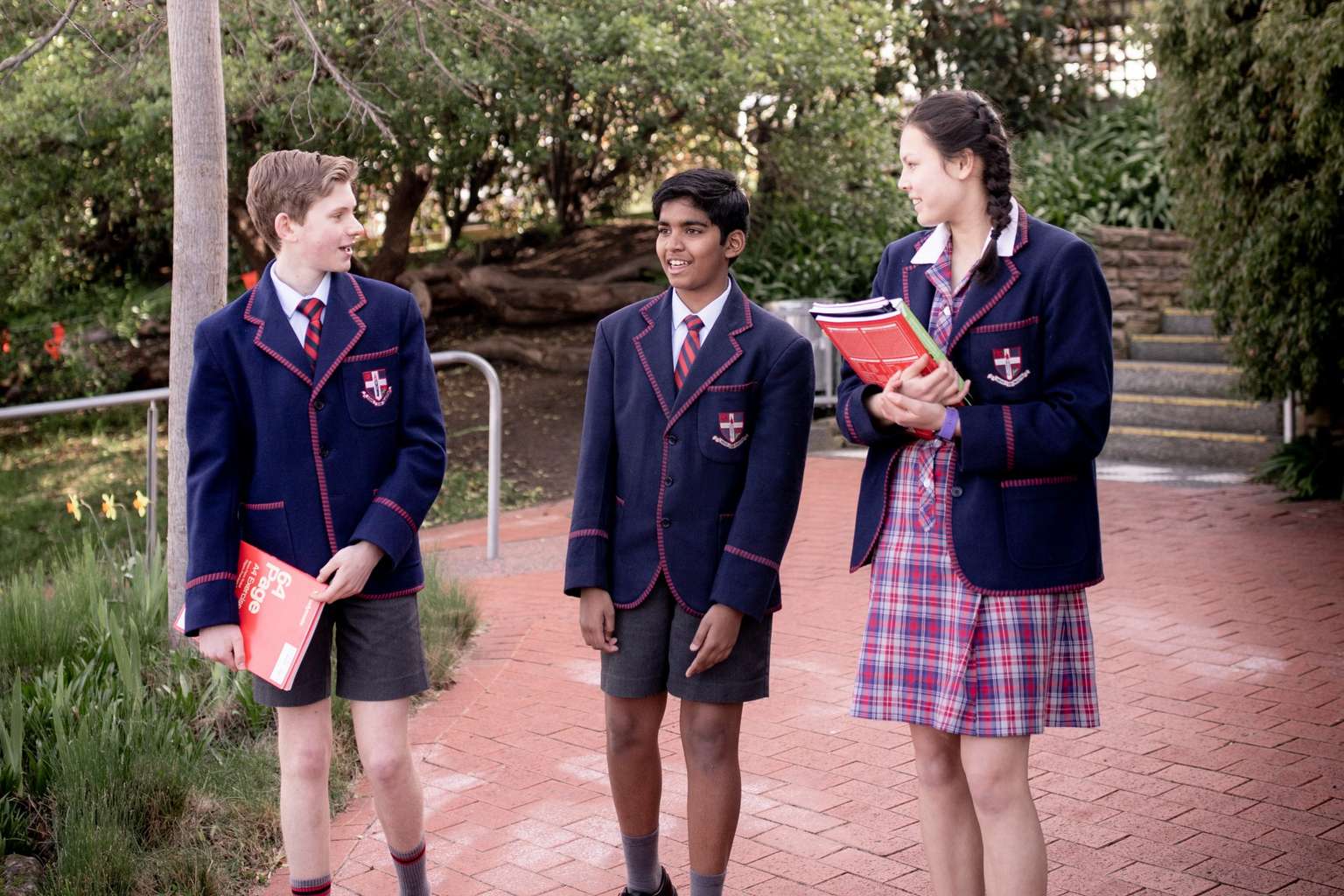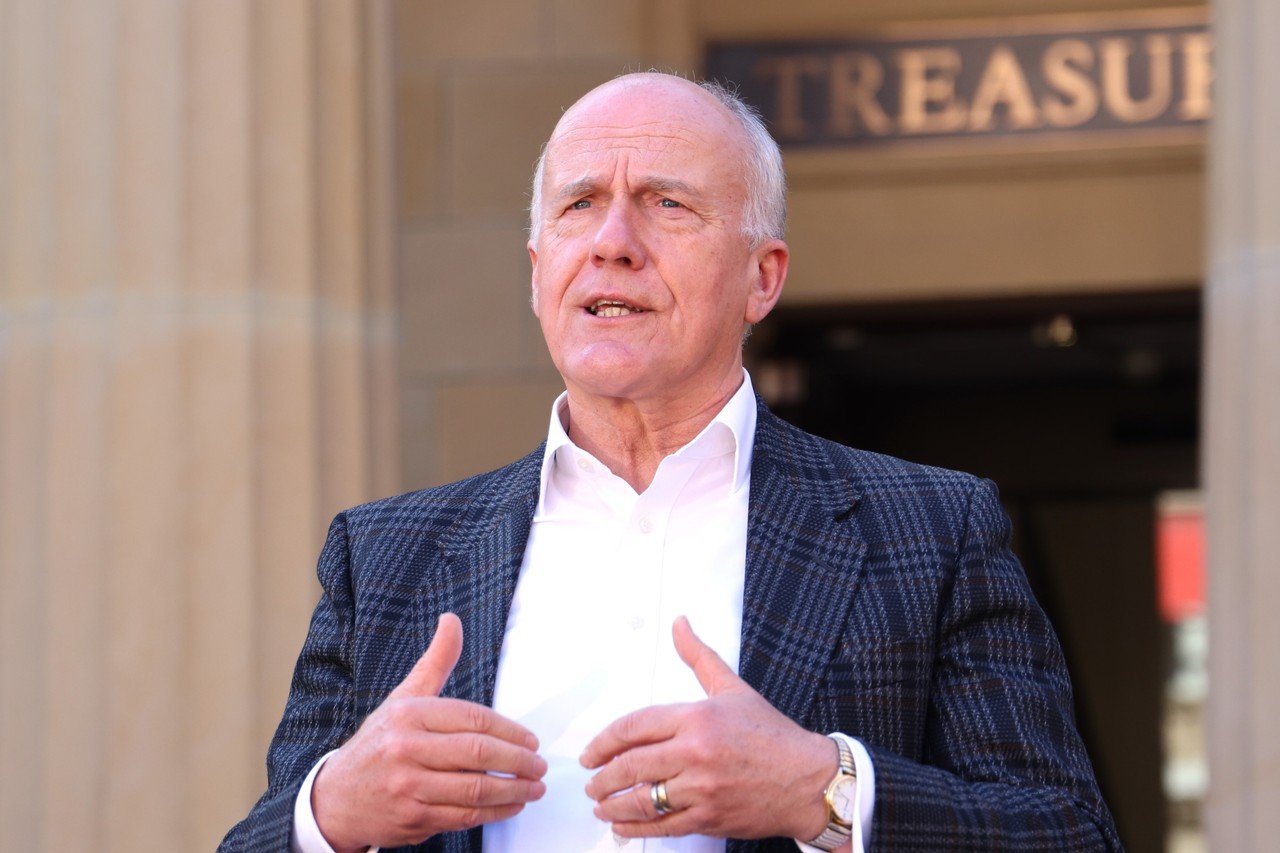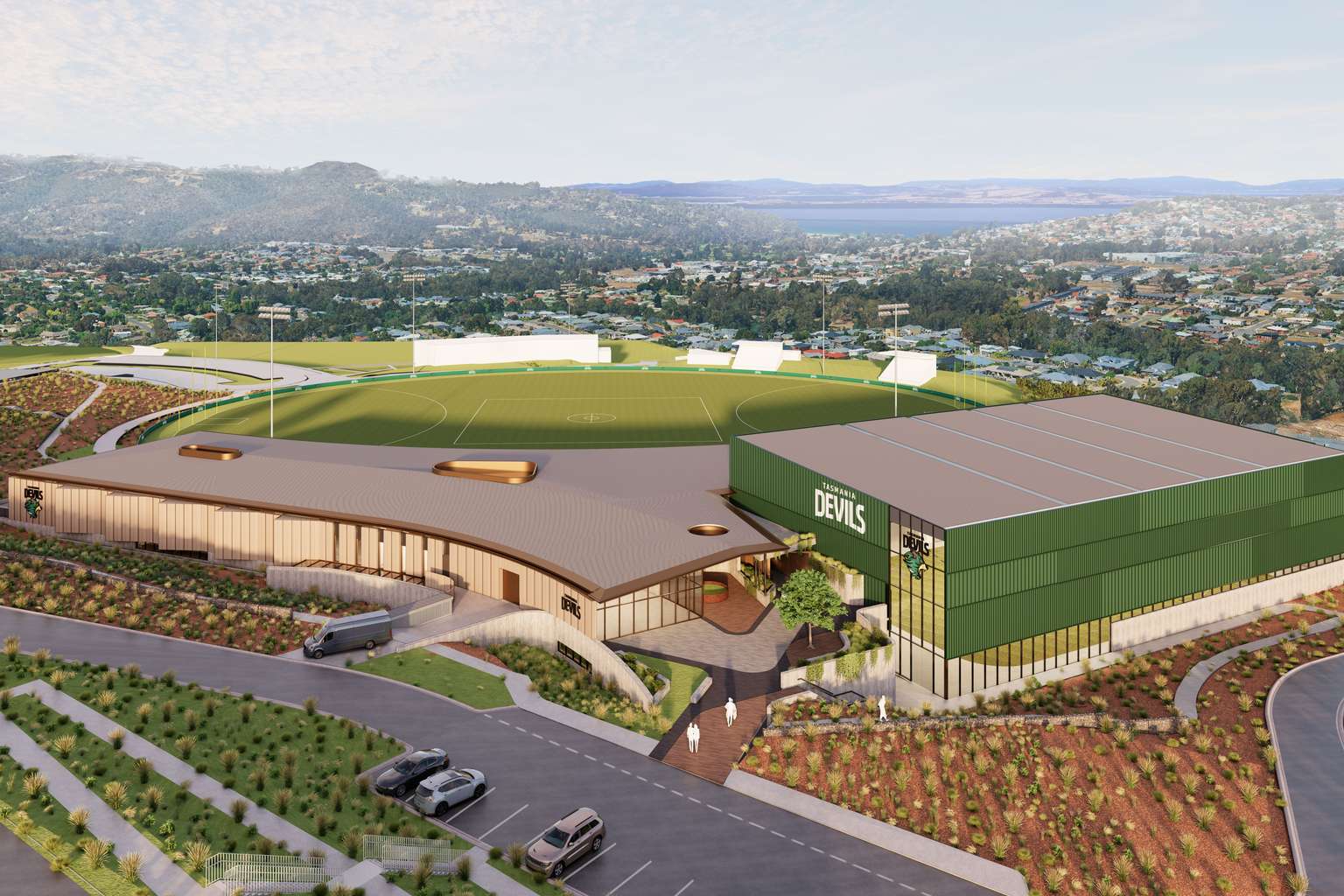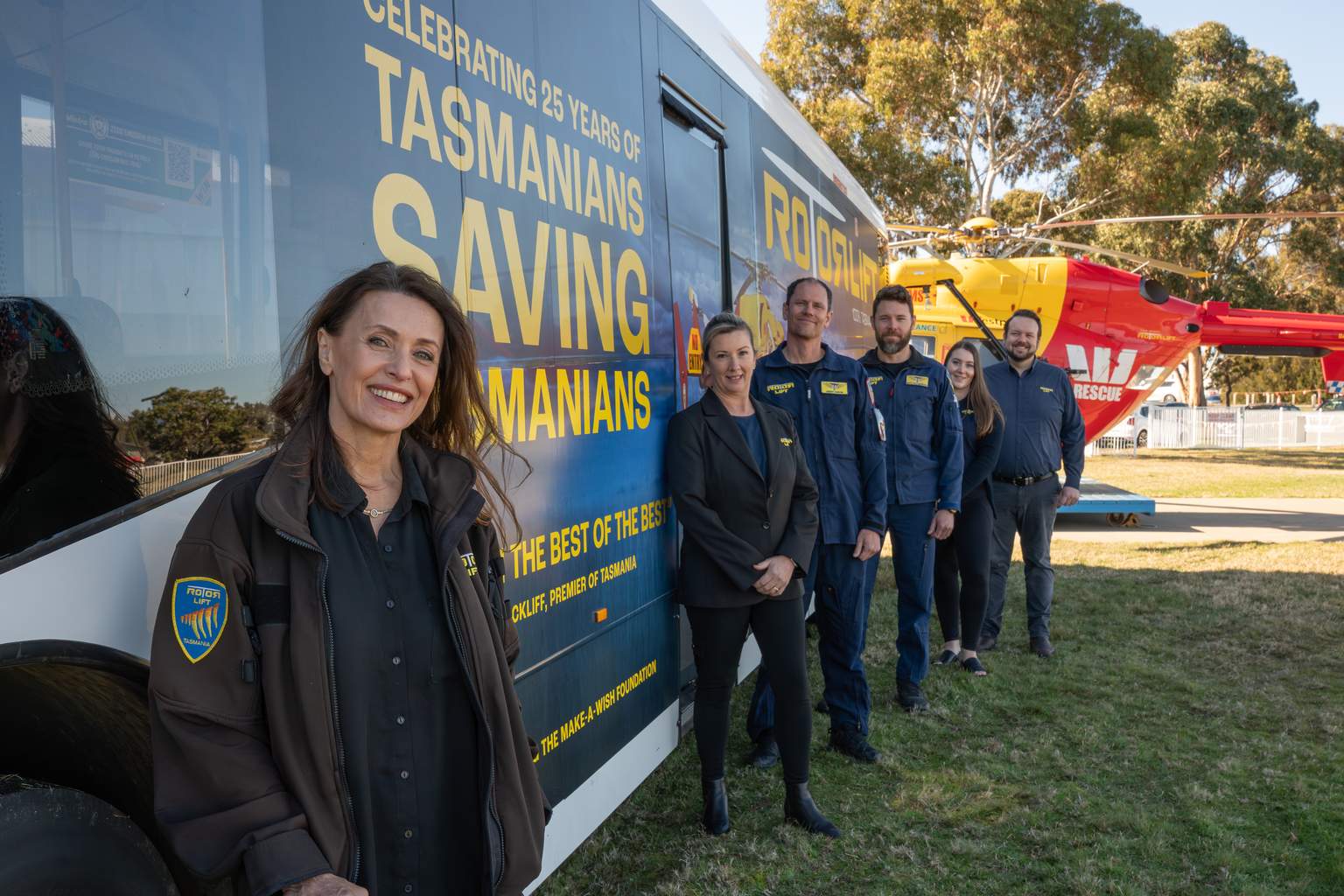The architect behind Hobart’s proposed Macquarie Point stadium says it will be within a five-minute walk of “a vast amount” of existing city car parking, making on-site parking unnecessary.
Alastair Richardson of Cox Architecture believes the stadium will encourage walking from the CBD, similar to the successful Adelaide Oval model where minimal stadium parking is available.
“That notion of drawing people into the CBD and then becoming a part of the scene—the restaurants, the bars—has been one of the great successes of stadiums like Adelaide, where there’s hardly any car parking associated with the stadium,” he told SEN.
“We’ve adopted a similar strategy here.”

Richardson said final plans will instead feature an “integrated transport solution”, including a bus station on the north side designed to “ferry people out towards remote car parkings as well as bus routes”.
“[We’re] confident that within the overall CBD area, the ability to cater for people who want to drive in, the ability to cater for public transport has all been built into the scheme,” he said.

Sport and Event Minister Nic Street agrees that improving Hobart’s public transport will be crucial to making the stadium easily accessible.
“Anybody who’s been to the MCG in Melbourne will know that most people don’t park at the MCG. They use public transport to get there,” he said.
“We don’t want too many people coming to the stadium and parking and getting in their car and leaving.”
Street said it will be important to encourage people to stay in the city after events to support local businesses.
“One of the problems with Blundstone Arena is that it’s such a drive-in, drive-out arena that really none of the surrounding businesses get any benefit from the events that are held there,” he said.

“That’s not what we want for this. We want this stadium to engage with the CBD.”
Still, the Hobart Northern Suburbs Rail Action Group believes that without rail, the stadium will fail.
“We know that buses just will not be enough to move large crowds,” spokesperson Toby Rowallan said, adding rail is the “only option” to avoid traffic chaos before and after big events.

“The buses aren’t coping now with the demand of major events. They certainly won’t cope with the demand if this stadium is filled on a regular basis.”
Rowallan pointed out that most stadiums across the country have rail connections and accused the state government of having “its fingers in its ears”.
“Of course, the railway cannot transport everyone to and from the stadium, many will come from the Eastern Shore and Kingborough,” he said.

“The northern suburbs is still the biggest suburban area in greater Hobart and those people would then have a far superior means of getting to the stadium and back home.”
The push for rail to return to Hobart has been supported by The Greens, Labor MPs Ella Haddad and Josh Willie, Independent MP Kristie Johnston and Hobart Lord Mayor Anna Reynolds.






